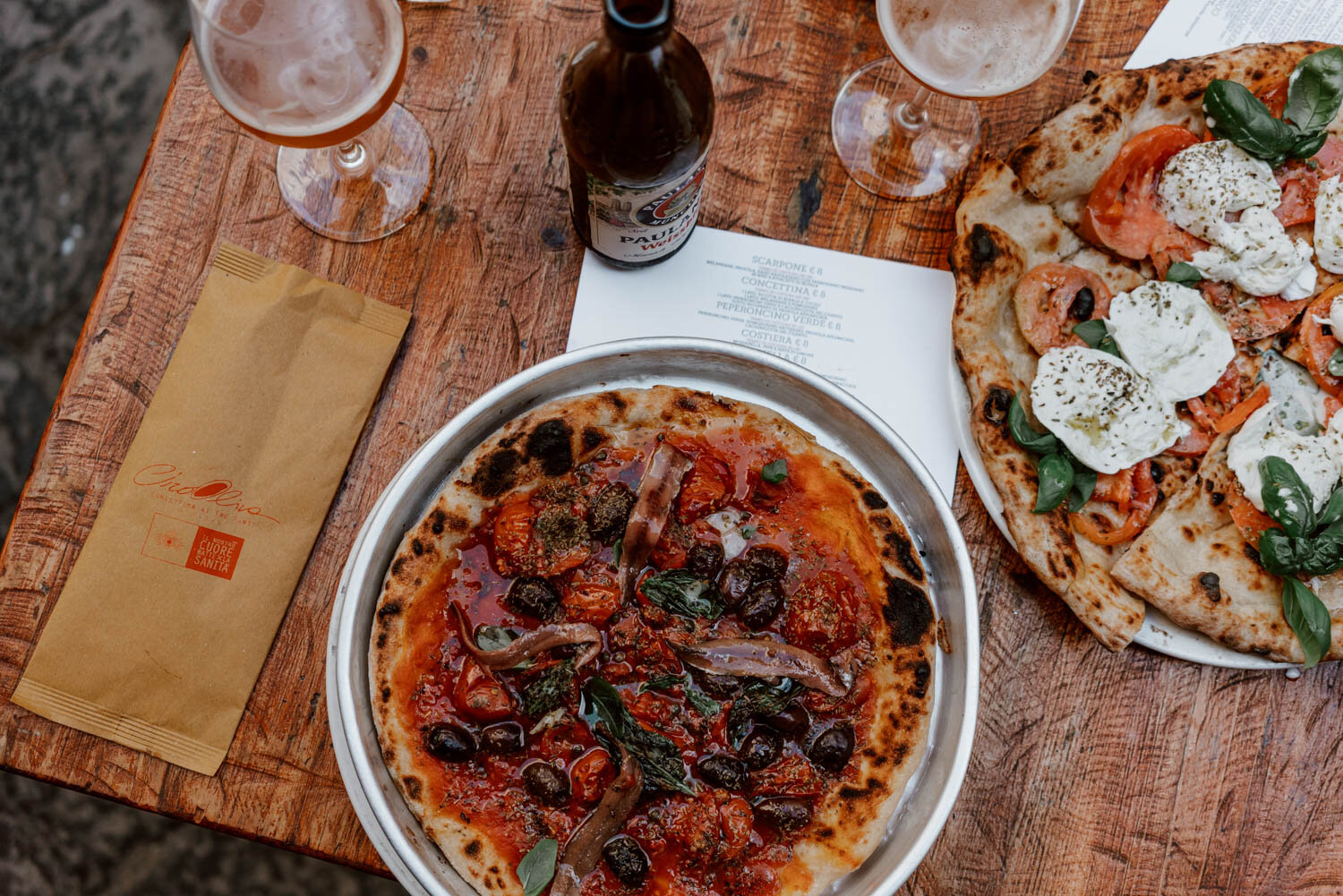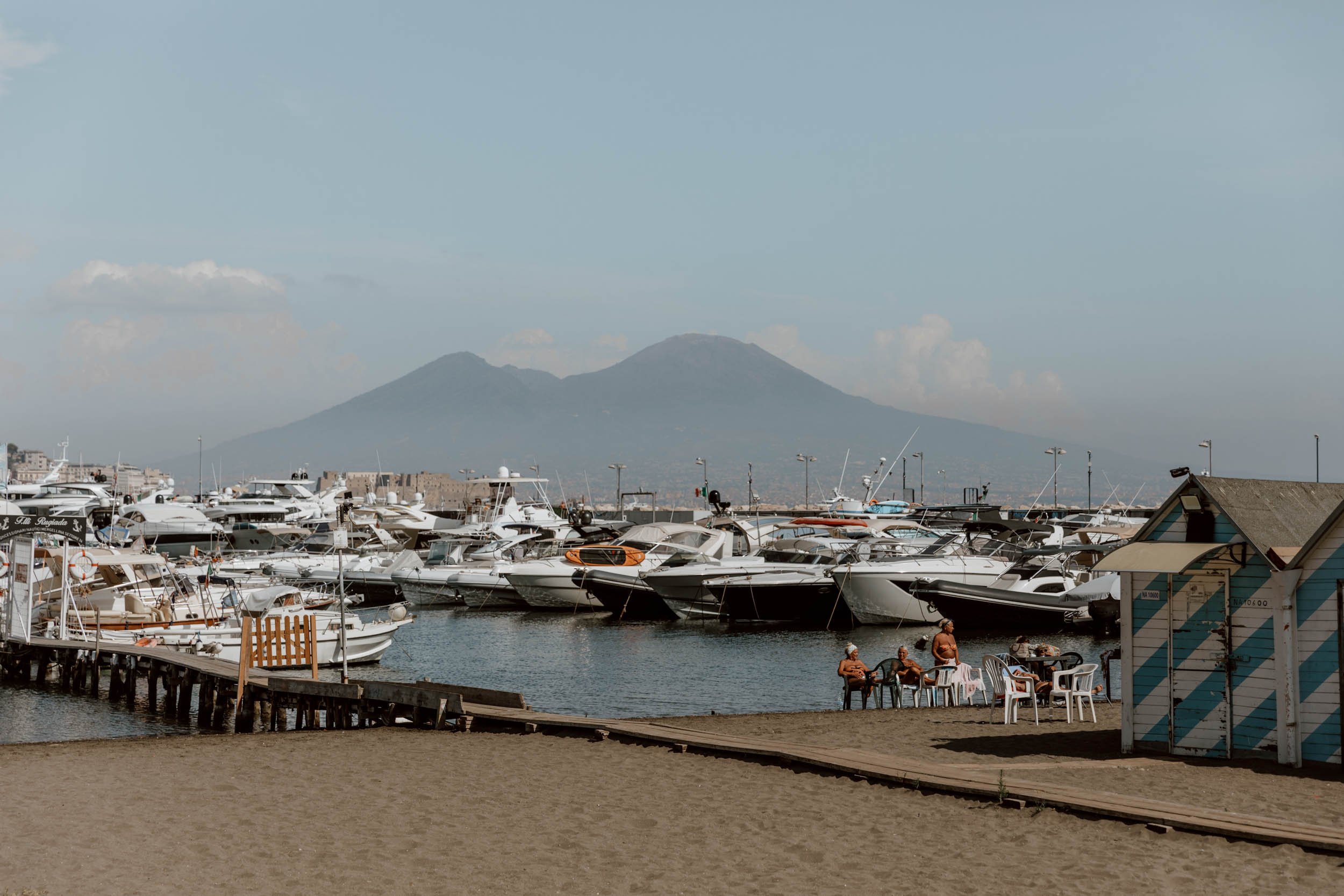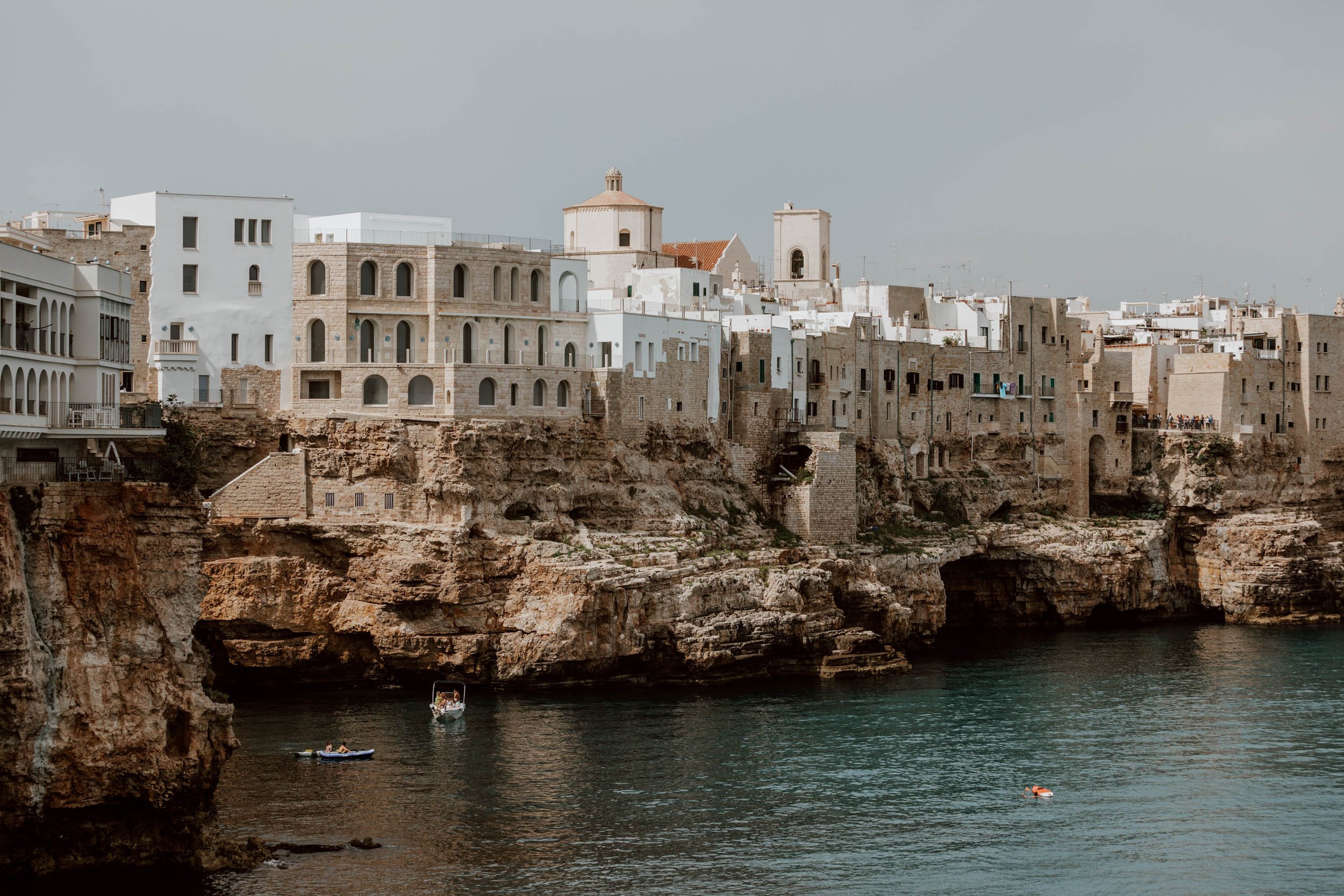Confused about the coperto charge in Italy? You’re not the only one…let our short guide clear things up about what the coperto is (and what it definitely isn’t).
Originally published in 2021, and updated May 2023.
Picture the scene.
You've just had the best meal of your life by candle and starlight at a little backstreet restaurant in Rome, Venice, Florence, or maybe some lesser known spot by the coast. Perhaps you've decided to indulge in dessert, or maybe simply sip a strong, dark espresso as the Italians do and round off the meal correctly.
Life is great, and you can't wait to spend more time exploring the small treasures of life which can only be found in Italy.
And then the bill comes.
It's higher than you expected, and there's something about a 'coperto' charge. It may only be a few euro, or it could be in the double figures. Nobody told you about it, you certainly didn't eat that free bread at the start, and you have absolutely no idea what it's for.
You’re faced with two options:
1. Assume they're trying to scam you, get outraged, cause a scene, and end a magical experience on a sour note.
2. Take a breath, do a quick search on 'What is the coperto in Italy' and discover that, although that meal may cost you a little bit more than you anticipated when you asked for the bill, it's not worth an argument or ruining your evening over.
The scene above is very commonplace at tables of tourists and travellers all over Italy and, if you're reading this article, there's a chance that you're actually in the middle of sorting out your own coperto confusion this very minute.
Don't worry, it's happened to all of us.
The coperto is not a tip and not a scam - it is a standard practice at most restaurants in Italy, and every first timer gets (understandably) confused when it first arrives. You cannot bargain it down, nor can you refuse to pay it.
After our own coperto confusion, and appreciating first hand just how many first-timers in Italy get into arguments with waiters or their travel buddy about it (one irate English gentleman was puce before we intervened to explain it to him), we wanted to write this short article to clear up a few things before you arrive in Italy - or if you're already in Italy and about to go for option one.
So, What is the Coperto?
The coperto is essentially a flat, fixed cover charge.
It is charged by most restaurants in Italy on a per person basis in addition to the cost of your food and drink - and it is always written down somewhere. However, if it's your first time in Italy then you understandably won't be looking for it and factoring it into prices before you sit down to eat.
Ostensibly, the coperto (literally meaning 'covered') is a charge for the table linen, tableware, and bread (though there somtimes won't even be bread). And, since such accoutrements are quite integral to a dining experience, that makes it mandatory for all diners. Locals and tourists alike are paying it. In our experience, it's usually about €2.00 a head, so it doesn't break the bank, but if you've had a €20.00 lunch for two, then the unexpected increase of €4 / 20% will stick out on the bill.
It should however be expected and factored into the total cost of your meals out, and it’s your responsibility to do that.
Here are some tips:
// Legally, the coperto must be printed on the menu. This will usually be the printed one you are handed, but it may also be on the one displayed at the front of the restaurant, or both. It may just be a small footnote or placed in a very non-obvious position, but once you know to look or ask for it, you'll find it.
// If you're travelling on a budget, or don't want unexpected costs, then you should factor in the coperto when walking around various restaurants to find lunch or dinner.
// Therefore, always check the menu before being seated.
// It’s usually in the range €1-2 per person. Places catering to tourists, fancy restaurants, or those situated in prime areas may charge more; the highest we've seen was €5, but technically they can charge what they want - as is evidenced in Venice, with stories of tourists being charged €20+ to sit down in St Mark’s Square.
// Children also get charged the coperto.
// You may read online that it's no longer charged, but that is absolutely not the case. We’ve traveled to Italy repeatedly in the last few years and have encountered it in each and every town, village and region (and we don't just go to touristy restaurants). It is however banned in the Lazio region, which includes Rome, but is often simply substituted by a charge for the bread (which you can refuse if you don't accept the bread at the beginning).
The coperto also makes sense, in some ways, if you think about it. A restaurant has limited tables for lunch and dinner and if a couple sit down for 90 minutes and only have cheap primi piatti, that table is potentially lost to the gregarious group of friends planning on a feast.
Similarly, if you get a takeaway pizza or panino, you won't be charged a coperto - but some places will add it on top if you choose to have it sitting on the tables outside.
So, you may now be wondering, what happens if I just want a drink? Well dear reader, this is where it can get a little muddled - and we haven’t established a definitive answer. In the vast majority of places where we’ve just had a beer, glass of wine or a Spritz, we haven’t been charged any additional costs. However, the sort of places that have charged us a coperto, have been significantly fancier - and they have stated it in advance, in the menu.
If in doubt, just asked as the waiting staff are always more than happy to let you know!
What About Tipping in Italy?
Italians don't tip as standard, and neither should you.
The waiter should not be asking for one, and there is certainly no expectation upon the customer to leave one.
The coperto charge however has nothing to do with tips - and it doesn't go to the servers! However, we've heard more than a couple of diners insist that they're no longer leaving a tip for the waiter because of the coperto.
The rub is that servers in Italy are paid a decent wage by restaurants, which increase their profits by charging the coperto, so there is some tangential connection. However, a refusal to leave a tip shouldn't be based around your coperto confusion.
If you're from the UK, where a mandatory service charge at a chunky percentage has started to sneak on to restaurant bills everywhere, you'll instinctively understand how the system works in Italy. Essentially, all Brits at heart are Mr Pink from the opening scene of Reservoir Dogs...
In Italy, waiters don't depend on tips for their income.
However, if you're from the USA, a country with a completely unique cultural approach to tipping (and underpaying) waiters and waitresses, then this will all feel a little strange.
It's really important for Americans travelling in Italy not to obsess or feel guilt over (the lack of) tipping etiquette, or insist that they import their own tipping norms and practices. Italians and other Europeans won't be tipping here, and it's only going to (falsely) raise expectations or morph cultural exceptions by adding your standard 15 or 20%.
After all, 'when in Rome'...
Similarly, there is a whole thing about income and tax declarations, which again are very very different to the USA. Interesting little note, on a previous trip around Italy - where we travelled for seven weeks by train - only two restaurants in the whole country encouraged us to tip. Both were very famous pizza places in Naples which feature on the itinerary of every international visitor, and it was pretty clear that servers had become...accustomed...to English speakers - read: North Americas - leaving a chunky tip at the end of the meal.
This scenario is a prime example of the impact of other travellers affecting the local cultural expectations which other travellers are expecting to face i.e. not being asked to bloody tip for serving a €6 pizza!
The thing is, there will be certain meals and certain waiters that most certainly deserve a tip in the traditional European sense i.e. they've excelled and exceeded your expectations and / or been an essential ingredient in your dining experience. We’ve done this a couple of times in Italy and tipped 10% because it was well and truly earned, and there was no begrudging mandate upon us to do so (unlike the hated compulsory service charge).
So, by all means, feel free to leave a tip for the waiter as a gesture of true appreciation of their service - just don't confuse it with the coperto charge or feel like it's required.
Sidenote | Some restaurants in tourist hotspots may list and include servizio (service) on your bill. This isn’t technically a tip either, may not even go to the waiter, and is much more of a 'tourist tax' than the coperto. If the restaurant hasn't noted its servizio down anywhere on the menu or restaurant signage, you are entitled to ask for it to be removed if you feel it is not merited.
Where to Next?
We’ve travelled extensively in Italy, and you can find all our articles on our specific Italy Page.
Alternatively, if you’re curios about a specific region head directly to all the guides:
Calabria Guides
Dolomites Guides
Campania Guides


















